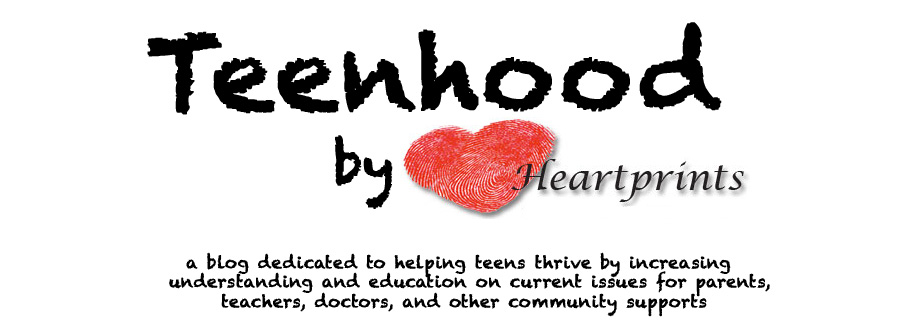While I was working on my Master’s, I taught preschool. I was with twenty 4 and 5 year olds for 8 hours a day, 5 days a week. During those busy days, one of my pet peeves was tattling. It seemed every two seconds, Jacob would come running up to tell me Kelly wasn’t sharing the play dough or some other minor infraction. Sometimes I just wanted to scream. I didn’t like being the referee. But students and siblings need to be able to trust their authority to bring about justice whenever possible (granted, life is not fair and we cannot always make it so but that is another blog). I needed a way to help them solve their own problems or I would spend a good portion of my day breaking up insignificant spats.
Looking for some ideas online, I came across a technique to promote resolving conflict. I immediately dubbed it the Talking Table Technique. When any two people have a disagreement, they are required to go to the table (any will do), and figure out a resolution. They cannot get up, until it is resolved. If it is over a particular item, I hold on to the item until the two resolve the disagreement. After a solution has formed, the two let me know what has been decided and I enforce what they agreed upon just in case one decides to waffle on the original agreement.
Talking Table Rules
1.) No stone walling (a complete refusal to communicate or resolve the conflict for a long period of time. Give it at least a five minutes).
2.) No abuse, physical or verbal (Name-calling, insults, and hitting in any form are not allowed since they are counterproductive to healthy debates).
If a rule is broken, the one who broke the rule forfeits their claim in the discussion. Simply put, they lose. It’s a good life lesson for future relationships and conflict.
In the beginning, I had to oversee quite a bit but by the end of the school year, the Talking Table was rarely required. Not because I stopped using it but because the classmates would figure it out before coming to me. Hearing their solutions was gratifying. I was amazed at their creativity. They would use time limits, take turns, collaborate and compromise. Sometimes, the decision didn’t seem fair but they didn’t seem to mind, so why should I? I watched these small children resolve conflict better than some adults.
I shouldn’t have been surprised when I realized teenagers also have difficulty resolving conflict. Some have never been taught how to resolve conflict as adults have always sorted it out for them. Many don’t have good examples in their lives as they watch their parents yell, curse, and behave aggressively. Others have parents allowing violence between siblings. “Don’t all siblings do that?” I get asked frequently. As adults, it is our job to give them opportunities to use their words to solve problems. Can the talking table always be used? No. Tattling is too broad a term to use the Talking Table Technique universally. Talk with your kids about types of tattling, when is it unacceptable and when it is mandatory. I’ve broken tattling into 3 types.
3 Types of Tattling
- Pure tattling: completely unnecessary and useless. “Miss Kristal, Brandon isn’t sharing with Zachary.” Solution: Listen but take no action. Hand it back to tattler. “What are you going to do?” (When tattling has gotten out of control, a minor consequence for pure tattling such as a chore or timeout curbs the behavior quickly).
- Conflict tattling: When two or more individuals disagree and want a referee. Solution: Use the talking table.
- Necessary tattling: True danger is involved, blood, fire, or anything illegal “Mom, Amy is chasing me with a knife.” Solution: Please take immediate action to make sure everyone is safe.
From birth to death, the human race constantly learns how to fix problems. Using the Talking Table Technique from ages 3-18, sets a foundation missed by many adults. We give them a structured space to have the freedom and creativity to work out their conflicts on their own. What a wonderful gift to give the next generation. If you take the time to follow through and regulate the process, the young people will follow your lead. They will be able to engage in the following:
1.) Ignore the petty
2.) Solve their own conflicts in a constructive manner
3.) Trust you and get help with the big stuff.
Be ready to be amazed.
